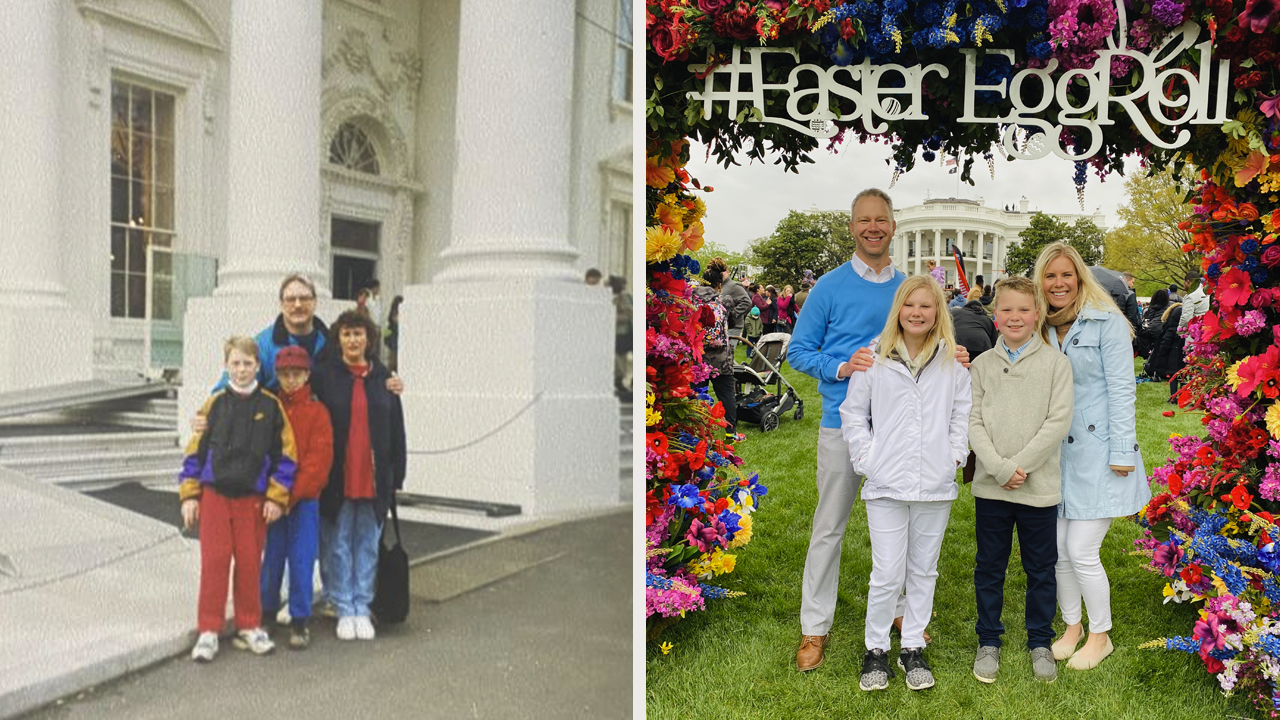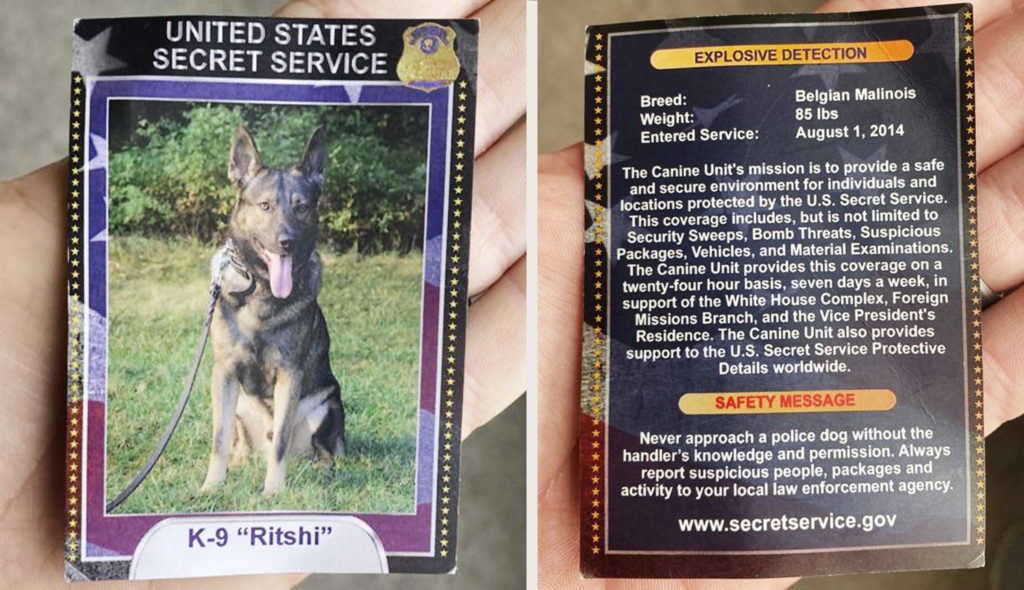
Finishing a basement is the ultimate (and often most expensive) dad home upgrade. It often involves 3 of my least favorite things: carpet, drop ceilings, and drywall. Literally truckloads of drywall. How can you call it a man cave if the “cave” walls are drywall?! It was time for a basement DIY. This one involving staining the concrete floors.
- Clean concrete with a degreaser. Mop with clean water. Dry.
- Apply Valspar tintable semi-transparent concrete stain (color: Onyx) using a sponge. 1-3 coats depending on how dark you want it.
- Apply Valspar Wet Look Sealer (high gloss finish).
- Enjoy!
Don’t you hate it when recipe posts don’t get right to the recipe? Me too. There, that’s the TL;DR concrete staining recipe. If you want the nitty-gritty, read on! (Seriously, read on, we know DIY dads need more detail than that!)

DIY Project— Stain Concrete Floors:
“That’s not really the kind of thing that I do,” was the response I got after asking 3 different professional painters if they could stain my concrete basement floors.
I normally hate paying people to do things at my house if I can avoid it. It’s not that I’m cheap; I just don’t like giving up control. I’m very dad-like in that way.

But when it came to staining my concrete basements floors? I had no idea how to do it. And I didn’t want to mess it up. So I consulted the experts. Maybe it was the people I asked, but the collective response was “Good luck buddy.”
This surprised me. Because every modern office building, or heck, even the floors of Lowes and Home Depot, are stained and textured concrete floors. It strikes me as a very practical, minimalist, and sleek-looking flooring solution.
But first, why stain your basement floors?
Over the years, I’ve had several small leaks in my unfinished basement. Small cracks around the window well, caulking issues around my front door, even a foundation issue that I paid decent money to fix. In all cases, if my basement had been traditionally “finished,” I’d have been screwed. Hidden moisture, mold, undetected foundation issues. No thank you. I’d rather have full visibility to these things.

Also, I just like the look of concrete.
So I laid out my minimalist basement renovation plan. I’d leave the walls and floor bare concrete. I’d put up a single dividing drywall between the main space and the storage/furnace/water heater area. I’d put in basic recessed can lighting. And I’d paint the ceiling rafters black.
To make it pop, the floors needed some depth, texture, and finish. So it was STAINING TIME.
What the Experts Said:
The experts said it would be easiest to paint the floors. The risk would be chipping of paint over time. NIGHTMARE. They also suggested using an epoxy-based paint. It wouldn’t wear as much, but would be shiny and would turn the basement floor into a skating rink, especially with the slightest amount of moisture. When I asked about a stain, they seemed nervous. In hindsight, I think because it is a bit of an art, and it’s more of a skill-based practice. Not quite as easy as painting.
So with the experts decidedly NOT on my side, and my propensity to take on projects myself, my mission was clear. Stain my concrete basement floors or die tryin’.
Choosing Color and Technique:
- Trial run(s) to find your color. This is super important. Ideally, you have an inconspicuous place to test. Luckily I had a workshop with concrete floors that I could use for experiments. I bought some expensive Sherwin Williams stains. They did not have samples, and they only had a limited number of colors. My first passes looked very amateurish. I found that Lowe’s sold Valspar semi-transparent concrete stain. Not only was it significantly cheaper, but it was also tintable in many colors. I went with essentially black. I did a coat and was thrilled. I found the look I was after!
- Trial run(s) to perfect your technique. The thing about stain is that if you mess up, you can’t just go back over it as you can with paint. Each time you go back over it, it gets DARKER. So if you have a dark spot, and you want to “even it out,” you have to very carefully go over the spots AROUND it without going over the dark spot again. And dark spots are bound to happen, due to portions of the concrete absorbing the stain differently. So experiment with application techniques. My favorite was using a sponge. Get some stain on the sponge, and apply the stain by spreading it across the concrete. Then, to make it more consistent, use the sponge to dab over all of the spots where you applied. This avoids streaks and makes it look more natural. You could also use a cloth to apply, or a paint roller attached to a long stick. This helps preserve your creaky dadbod joints since sponging requires being on your hands and knees.
(Did not like these colors.)

Valspar color options:

Oh snap, I found the look I was after (Valspar ONYX)!

Successful experiment (before and after):


It’s Go Time— Here are the Steps for How to Stain Concrete Floors:
- Prep the concrete. Get yourself a good degreaser. Apply with a mop. Do this at least 2 times. Then get a clean bucket of water and mop the floor 2-3 times to remove any excess degreaser. I actually used a wet shop vac to suck up excess moisture between mop rounds.
- Apply concrete stain. This is your trial work’s time to shine. Again, with stain, there are no do-overs. Each time you apply, it gets darker. So best to apply as light of coats as possible. I did my first coat with a paint roller. I rolled it on, and then literally smeared it around with the roller, making it an extremely thin coat. I did my 2nd coat with a sponge as described above. Then, I went back over with a sponge for a touch up third coat to even out any inconsistencies.
- Finish ‘er up. Stay with step 2 until you’re completely satisfied with the look. Like it? Love it? Ready to lock it in? Apply a concrete finish. I used Valspar Protective Sealer. Made it a little glossy, but not excessively so. This helps protect the floor and gives it a finish look. Will also make the concrete significantly less porous (less accepting of stain) so don’t do it until you’re happy.
Before:

After 1st Coat:

After 2nd Coat:

Finished Product:

Once Complete:

So the main thing is using the right semi-transparent concrete stain and experimenting to find the right application method that gets the look you want. I have a basement workshop so I was able to use that for practice to get the look right. Really important because you can’t go back once you start staining! It’ll just get darker.
Now if you’ll excuse me, I have got some kids to crush in Mario Kart.
(If you’d rather watch someone else show you how to do the work, this Creto Seal video hits all of the basics.)
Best Products For How To DIY Stain Concrete

H&C ConcreteReady Cleaner/Degreaser
Yes, we agree, cleaning is not fun under any circumstances. But don’t skip this important step for a staining concrete project, or your results will not be as good as they could be, and your wife will get to say, “I told you so.” Ugh.

Valspar Semi-Transparent Concrete Stain
Now for the fun part: Picking out the stain to use. This Valspar stain will work either indoors or outdoors, so after you finish staining the basement concrete, you can move on to outdoor projects, like your garage, patio, sidewalk, and driveway. (Hell, go nuts and stain the neighbor’s patio too. We’re guessing you’ll become so good at this, you won’t be able to stop.)

Valspar Clear Acrylic Concrete Sealer
Picking the right sealer gives your concrete staining project the perfect finishing touch, while also making it stronger and resistant to whatever your kids will spill on it. (Come to think of it, you may want two coats. The kids are experts at destroying things.)

Tidy Tools Industrial Grade Mop
Sure, you could use a cheap-ass mop to do this work. But it won’t give you the same results as an industrial grade mop.
And we all know that having a high quality mop on hand is something every dad should have. Not only is it tough enough to clean up after the kids and the dog, but it’ll last several years … which will provide plenty of time for the kids to become old enough that they can use the same mop to do the chores that you are sick of doing. (Almost brings a tear to your eye.)

QEP X-Large Sponges
Sponges work well for doing the finishing touches on your concrete basement staining project, allowing for precise application of the stain.
Because this is a six-pack, you can throw away the staining sponge after you use it. Do not under any circumstances place that used sponge in the your wife’s favorite white porcelain sink, figuring you can use it for other things later … at least not unless you want to spend the night sleeping on your newly stained concrete floor rather than in your bed.

Bates Choice Paint Roller
Paint rollers work well for applying the stain quickly and efficiently. This set ships with two rollers, so you’ll have a backup for applying a second color or if you royally screw up the first one.
We might also recommend adding a long wooden handle with a threaded metal tip that you can screw onto the paint roller. You won’t have to crawl on the floor or stoop over to apply the stain when you add the handle.
And honestly, after this job is finished, who couldn’t find a million uses for a long wooden handle? For example, no birthday party is complete without a wooden stick, a hanging pinata, dad’s private parts within striking distance, and someone who’s filming it all.

Vannect Power Paint Sprayer
It’s hard to believe we’ve gone this far without listing a power tool in our products required for staining concrete in a basement. Our bad.
Some people prefer to apply the stain with a paint sprayer. These things can get pretty messy, especially with stain instead of the thicker consistency of paint, so you may want to put plastic on the walls and other areas that need protection. But if you hate the idea of applying the stain by hand — or if you just have to use a power tool on any DIY project you tackle — this sprayer will do the trick.
Although we only recommend picks we really love, we may earn a commission on purchases made through links from our site.


















